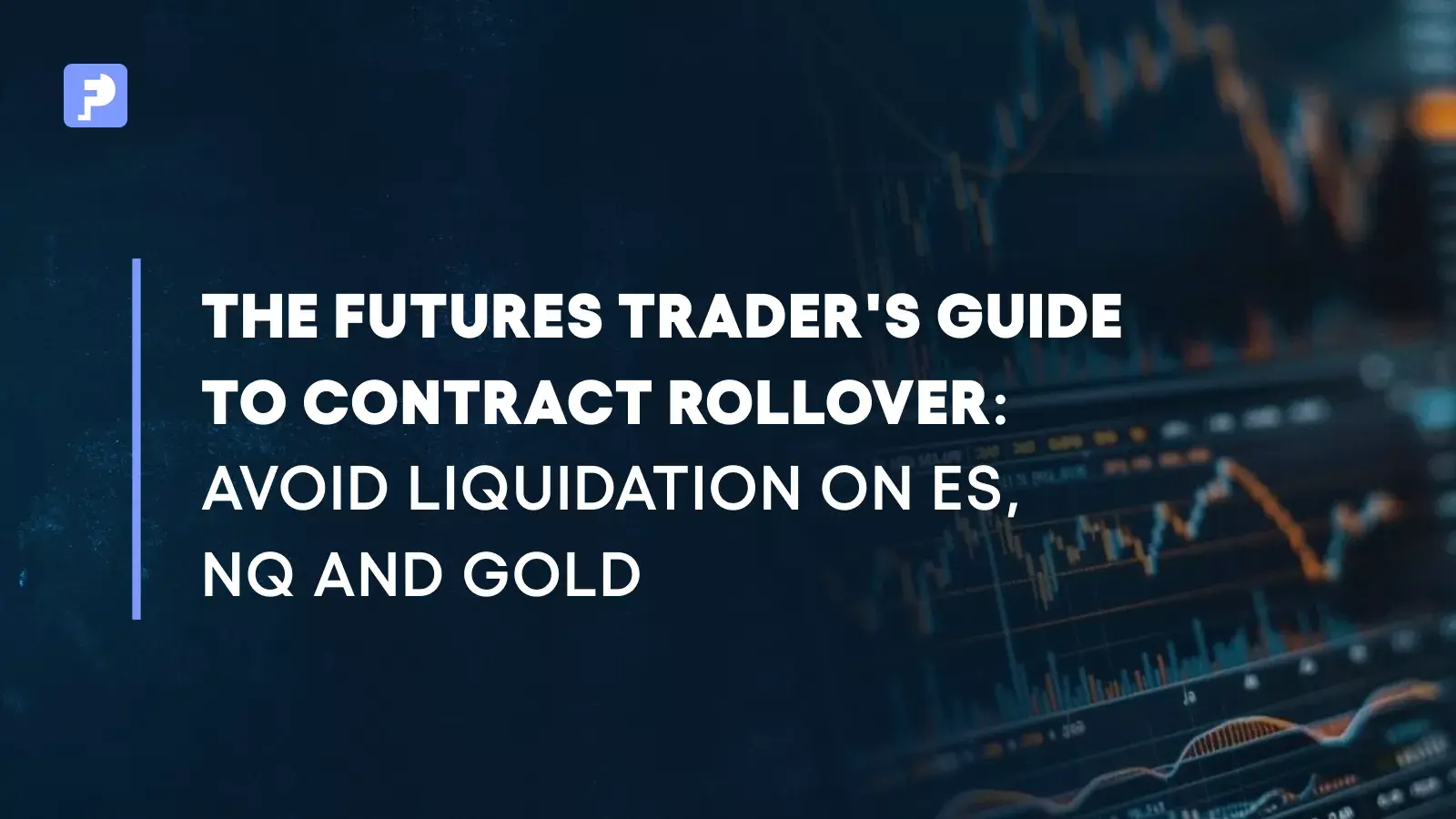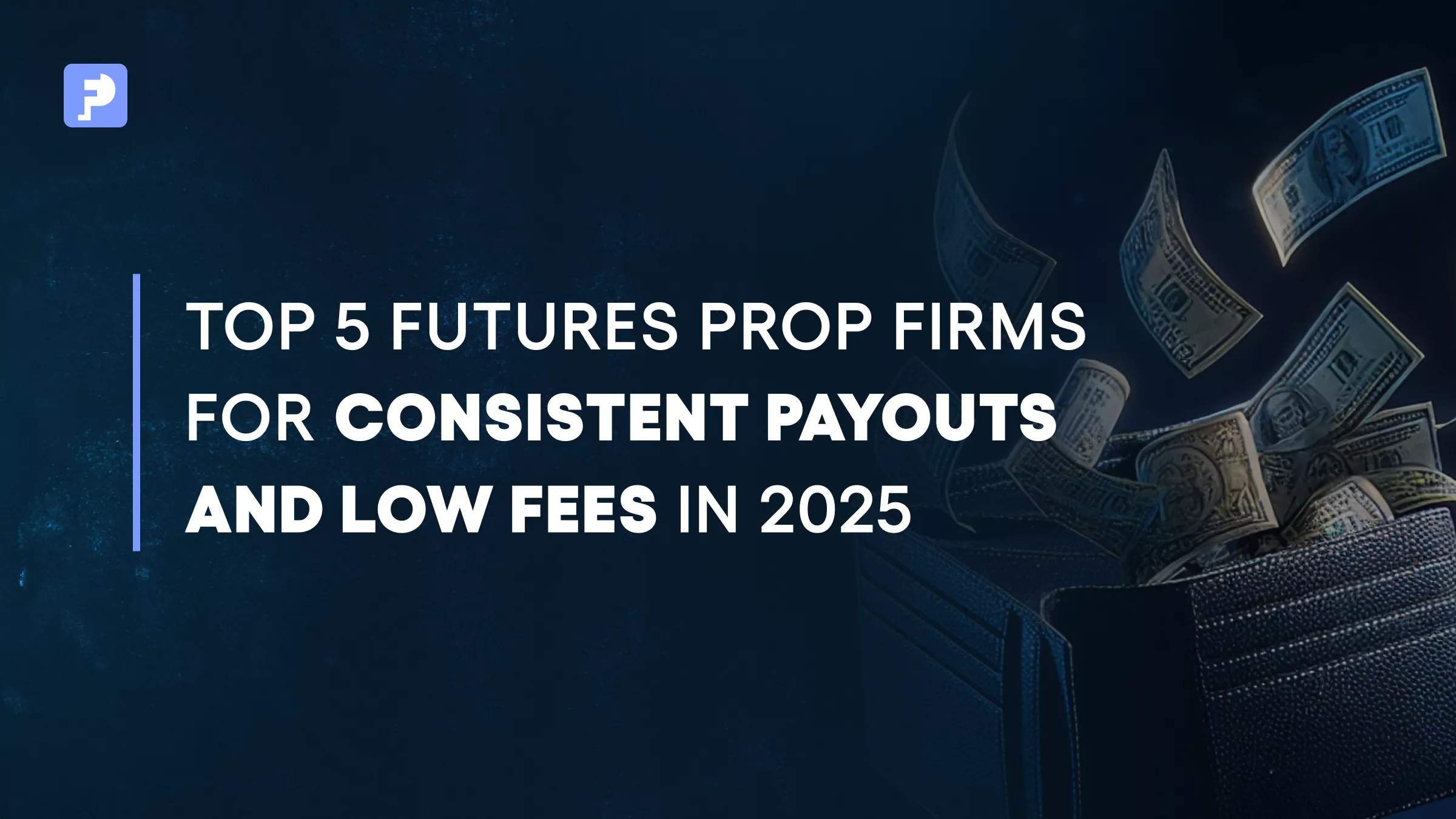
How to Manage Leverage Effectively in Futures Trading
Introduction
Leverage is one of the most powerful tools available to futures traders. It can multiply profits, open larger positions, and provide access to markets that would otherwise require massive capital. But leverage cuts both ways. Without proper control, it can also magnify losses, trigger drawdowns, and end a funded account in a single session.
This blog explores how to manage leverage effectively within the structure of a proprietary trading environment. We’ll look at how leverage works, where traders go wrong, and how to use it as a tool, not a trap.
If you’re still comparing firms, read Choosing the Right Prop Trading Firm for Futures Trading for key evaluation factors before you start.
What Is Leverage in Futures Trading?
Leverage allows traders to control a large contract value with a relatively small amount of margin. For example, trading a futures contract with a notional value of $100,000 might require only $5,000 in initial margin. That means a 1% market move can represent a $1,000 gain or loss (20% of your margin) in a single swing.
In prop trading, where firms allocate capital to traders under specific risk parameters, leverage must be approached with even more discipline. You are responsible not just for your own capital efficiency but for meeting firm rules, including drawdown thresholds, position sizing limits, and maximum exposure.
Why Managing Leverage Matters
Many traders focus on win rates and entry signals, but leverage management is what separates professionals from gamblers. Prop firms like FunderPro design challenge structures that reward risk-adjusted returns, not reckless trades. Traders who ignore leverage often fall into overexposure, emotional decision-making, or spiralling losses that violate firm rules.
To learn more about how prop firms set risk structures that keep you protected, read How Prop Firms Help You Manage Risk in Futures Trading.
1. Understand Your True Exposure
The first step in managing leverage is understanding your actual exposure, not just how many contracts you’re holding but how much notional value those positions represent and how quickly they can move against you.
Example: If you hold five E-mini Nasdaq 100 contracts, each with a notional value of $20 per tick, a 50-point move equals a $5,000 swing. Multiply that across multiple correlated instruments, and you may be overleveraged without even realizing it.
Tip: Use tools like the CME’s margin calculator to understand the leverage ratio per contract before placing trades.
2. Size Trades Based on Volatility, Not Confidence
The volatility of the instrument should guide your position size, not your confidence in the setup. Trading volatile instruments like crude oil, natural gas, or equity indices requires a smaller size relative to calmer markets like treasury futures or currency pairs.
Good Practice:
- Reduce size on high-impact news days.
- Cut size during periods of high volatility (e.g., CPI releases, Fed decisions).
- Never double position size after a loss without a clear plan.
This principle is also reflected in our blog on Risk Management in the Futures Prop Trading Market, which explains how to align size with daily limits.
3. Use a Leverage Budget Per Day
Set a personal maximum exposure limit per day based on how much capital you are allocated and the firm’s drawdown rules. If your prop account has a 5% daily drawdown threshold, ensure that your open trades cannot move against you enough to breach that level.
Sample Leverage Budget:
- Account size: $100,000
- Daily risk allowance: 3% or $3,000
- Based on average instrument volatility, hold only two to three contracts simultaneously, each with a defined stop-loss to limit damage.
4. Leverage Amplifies Emotions and Builds Controls
Leverage increases emotional stress, which in turn leads to errors like revenge trading or exiting early. To reduce these psychological effects, use automated controls and clear routines:
- Always set a stop-loss before executing a trade.
- Use bracket orders to define your entire risk-to-reward plan in advance.
- Pause for 5 minutes before increasing position size or opening new trades after a loss.
5. Don’t Stack Correlated Trades
Many traders think they are diversifying by trading ES, NQ, and YM futures simultaneously, but these contracts are highly correlated. If they move together and you are holding all three, you are essentially tripling your exposure to the same move.
Smart Alternatives:
- Trade one index at a time or reduce size when holding multiple indices.
- Mix sectors or asset classes, such as pairing an index with a bond or commodity contract.
- Monitor correlation metrics to avoid accidental leverage stacking.
For more on spreading your risk intelligently, explore Portfolio Diversification: The Ultimate Risk Management Technique.
6. Review Leverage Decisions in Your Weekly Analysis
Just like you review win rates, trade accuracy, and journal entries, review how you used leverage. Track:
- How many contracts you traded daily.
- Whether size increased during stress.
- If losses were larger than planned due to overexposure.
- Whether your size matched volatility and market conditions.
Over time, this reflection helps you spot patterns and build more consistent risk-adjusted performance.
Final Thoughts
Effective leverage management is not a nice-to-have skill in futures prop trading; it is a survival requirement. The same leverage that can deliver incredible profit potential can also shut down your account with one bad decision.
At FunderPro, funded traders operate in simulated conditions that are as close as possible to real market conditions and follow smart limits designed to help you grow without putting the account at risk. By controlling your leverage, aligning with volatility, and using the firm’s structure as support, you can trade with greater confidence and consistency.
Internal Blogs to Explore
All trading in FunderPro Futures takes place in a demo-style environment and in off-exchange futures.



